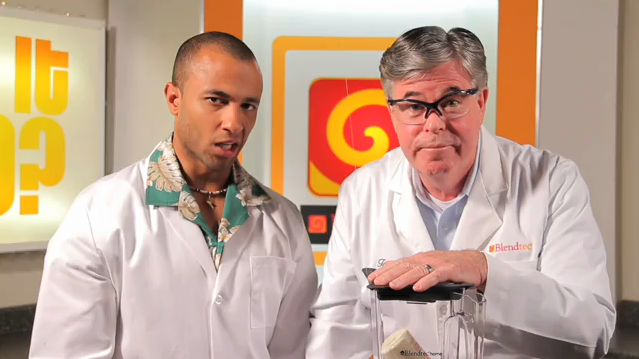It’s been the question on nearly every executive’s mind for at least a good year now: Is there really such a thing as a measurable social media ROI? And more specifically: If I throw money at marketing to let them play with Twitter and Facebook, am I really going to see any results? And will I even know what they’re really doing? Will there be any sort of social media reporting, or am I just putting my faith in the team’s ability to resist entering Twitter contests and tagging their friends’ photos on Facebook all day? And speaking of social media reporting, if there is, in fact, some sort of measurable benefit to all this, how will it be reported? Do I need to invest money in the software for reporting too?
I could go on. Most, if not all of these questions probably sound familiar if you’re on the marketing side, or especially if you’re the one asking them. The short answer to it all is: there is no definitive answer to whether there’s such a thing as a positive, measurable social media ROI that you can guarantee when planning your social media strategy. But there’s enough evidence to support the fact that you will probably see some sort of uptick somewhere in your company by way of strong social media campaigns, even if that just means a better brand awareness. (Who’s to say increased brand awareness doesn’t lead directly to revenue, right?)
To guide you through at least some of these tough questions, consider the following when telling your boss (or yourself!) your stance on social media ROI:
Go Viral. If you don’t understand the power of social media and its ability to spread messages virally, check out some of the biggest successes out there. If the Old Spice or Blendtec YouTube campaigns don’t immediately ring a bell with you, do some research. These (and many more), are great examples of a social media investment that paid off – both of these companies saw increased sales (and we’re talking huge increases) after these campaigns went viral. Social media tools allow consumers to share anything and everything with their peers, and because of how often they are using the Internet these days, they do – and that’s how a campaign can go viral.
Know your Tools. Facebook, Twitter, Linkedin, Foursquare, YouTube, Google+ Klout, tumblr, Blogger…these are just a few. The vast amount of social media tools now circulating the worldwide web can be overwhelming. You might not know which to use and think that you should be using them all. Little secret: you shouldn’t. Take the time to learn about the benefits of each specific tool and think about your own marketplace and what they like to consume and engage with. If your business is B2B, it’s likely you’ll want to tackle Linkedin and plan a strategy there first. If you are B2C and your consumer is typically younger, you might want to start with Facebook. These are generalizations of course. Just like in the first step, do your research.
Bite the bullet. If you’re not the decision maker then this won’t help you much, but if you are, realize that you have to take a chance with this whole social media thing. You might feel at first like you’re throwing money into the wind, but if you’ve done your research (as stated in above two tips), and have a solid social media strategy in place, you’ll be sure to get some benefit out of your efforts. It may be a while before you can accurately gauge your social media ROI, but it won’t take long before you see some real results that will excite you and your marketing team. If you’re already in the game, just give it some time and make sure you’re on top of your social media reporting. Consider software that will help you track it all (for big businesses this is practically essential) or splitting the responsibilities among team members. You can’t measure what you don’t track, so never underestimate the power of organized, complete analytics.






Recent Comments